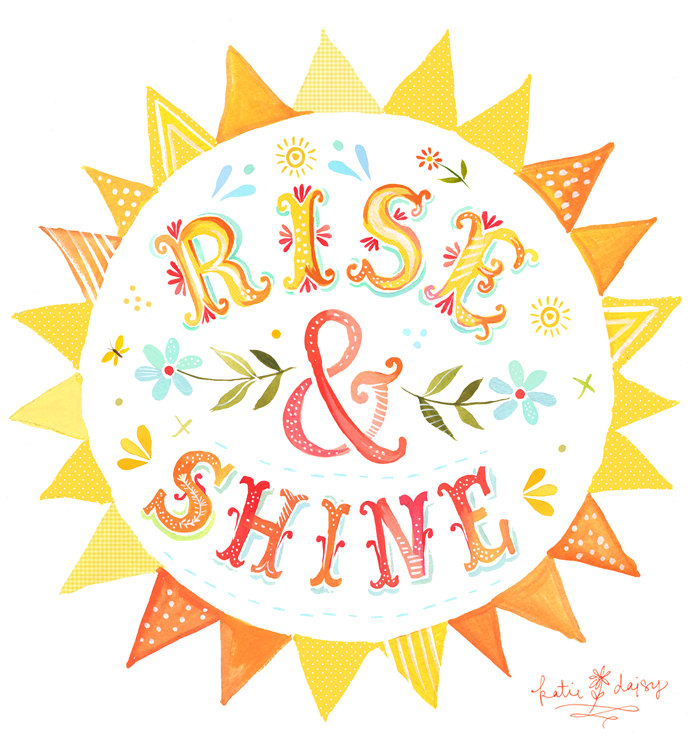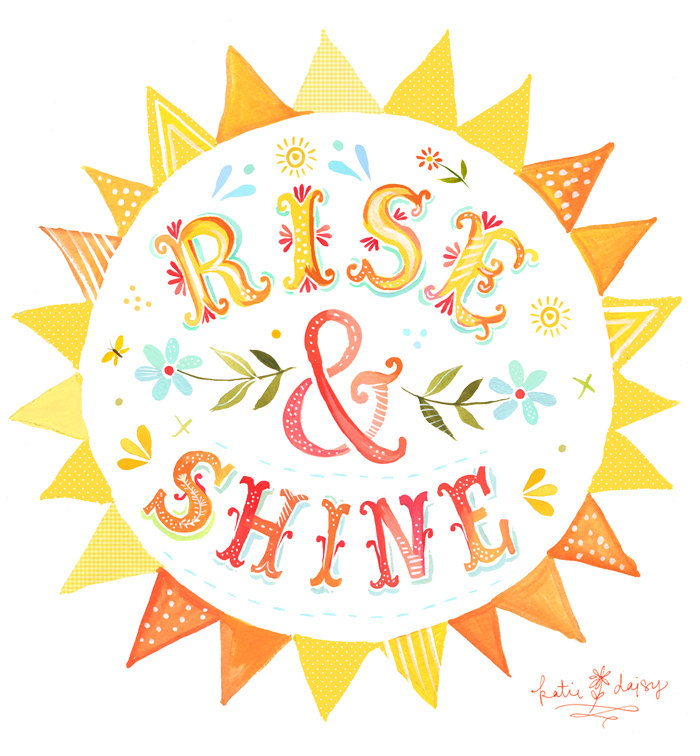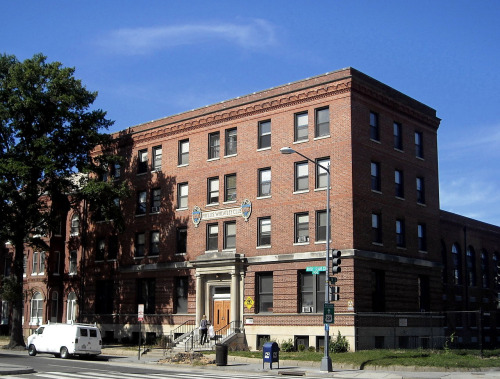
Good Morning POU!

This week we will feature little known black history stories that would make great movies for television or the big screen. Have fun casting the roles!

Can you imagine TODAY if 5 black women decided to cycle 250 miles in 3 days on a girls trip?
So what made 5 black women cycle from New York City to DC in 1928?
Well, according to newspaper accounts at the time, they said “for love of the great outdoors.”
Marylou Jackson, Velva Jackson, Ethyl Miller, Leolya Nelson and Constance White would embark on this ambitious journey on Good Friday morning in 1928. They started out in Manhattan, where they all lived, and biked 100 miles (a century in bike terms) to Philadelphia. They spent the night at the Philadelphia Young Women’s Christian Association (YWCA). On Saturday morning, they biked 40 miles to Wilmington, where they spent the night, and on the morning of Easter Sunday, they arrived at the nation’s capital. While in DC, they did some sightseeing on the National Mall and at Howard University. And they also posed for the above photograph in front of the Washington Tribune newspaper building at 922 U Street, NW. Addison Scurlock, founder and owner of the popular Scurlock Studio, was the photographer. Scurlock was known for documenting the life of African Americans in the nation’s capital.
They spent the night at the Phillis Wheatley YWCA at 901 Rhode Island Ave, NW. The next day they returned to Manhattan via train.

These women made a conscious decisions to master one of the 19th century’s foremost technological advances for pleasure, mobility, sport and visibility.
Quotes from the cyclists about their journey:
- On pleasure: when asked why they took the trip, they responded that it was for the “love of the great out-of doors.”
- On mobility: they chose the bicycle as their vehicle for traveling ‘down south’ at the same time that when women, men and children were fleeing the south to escape white terror.
- On sports: they challenged women 21 years and older to replicate their trip in less time.
- On visibility: they wanted their feat to be shared with the masses, hence securing features in the Baltimore Afro-American, the New York Age and the Washington Tribune newspapers.
Clip from The New York Age newspaper, April 14, 1928:
Source: Marya McQuirter, Historian, Smithsonian National Museum of African American History and Culture.

